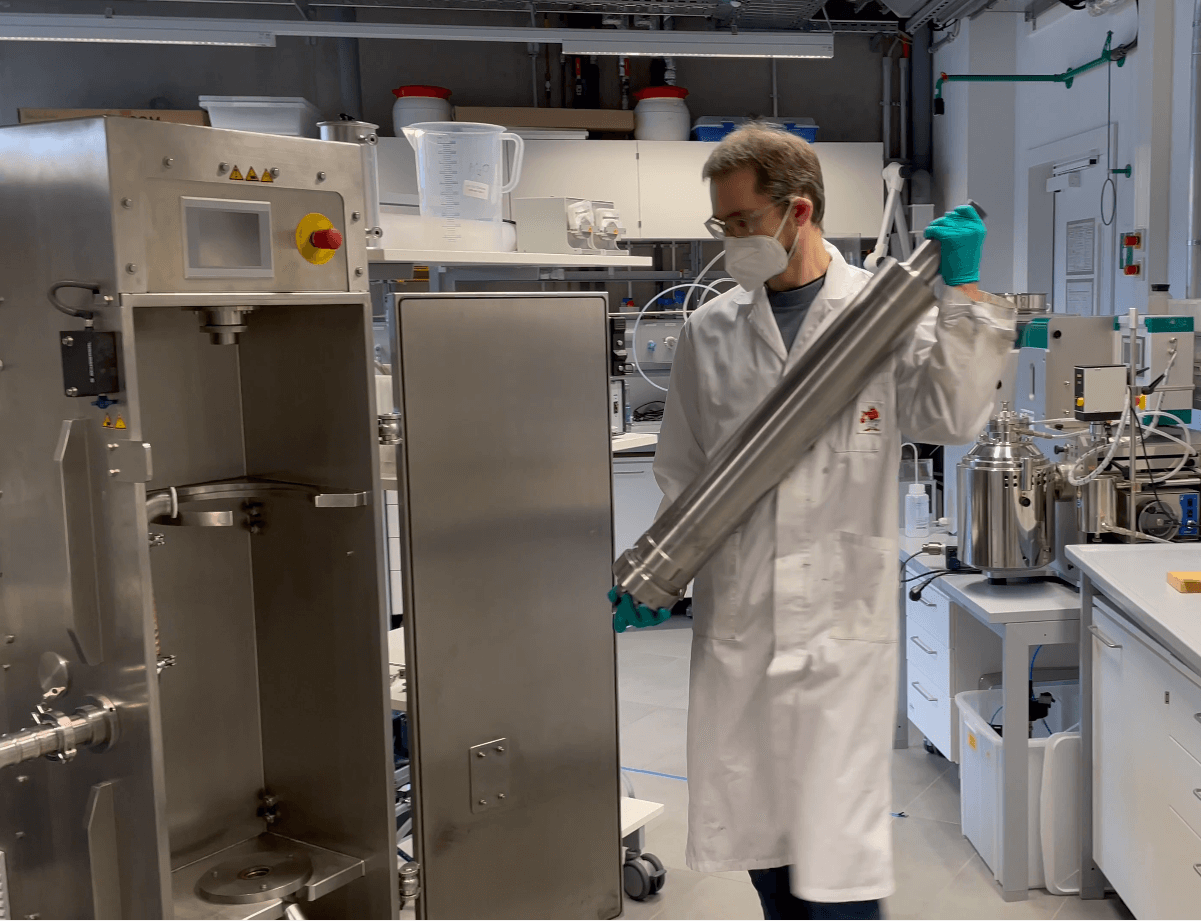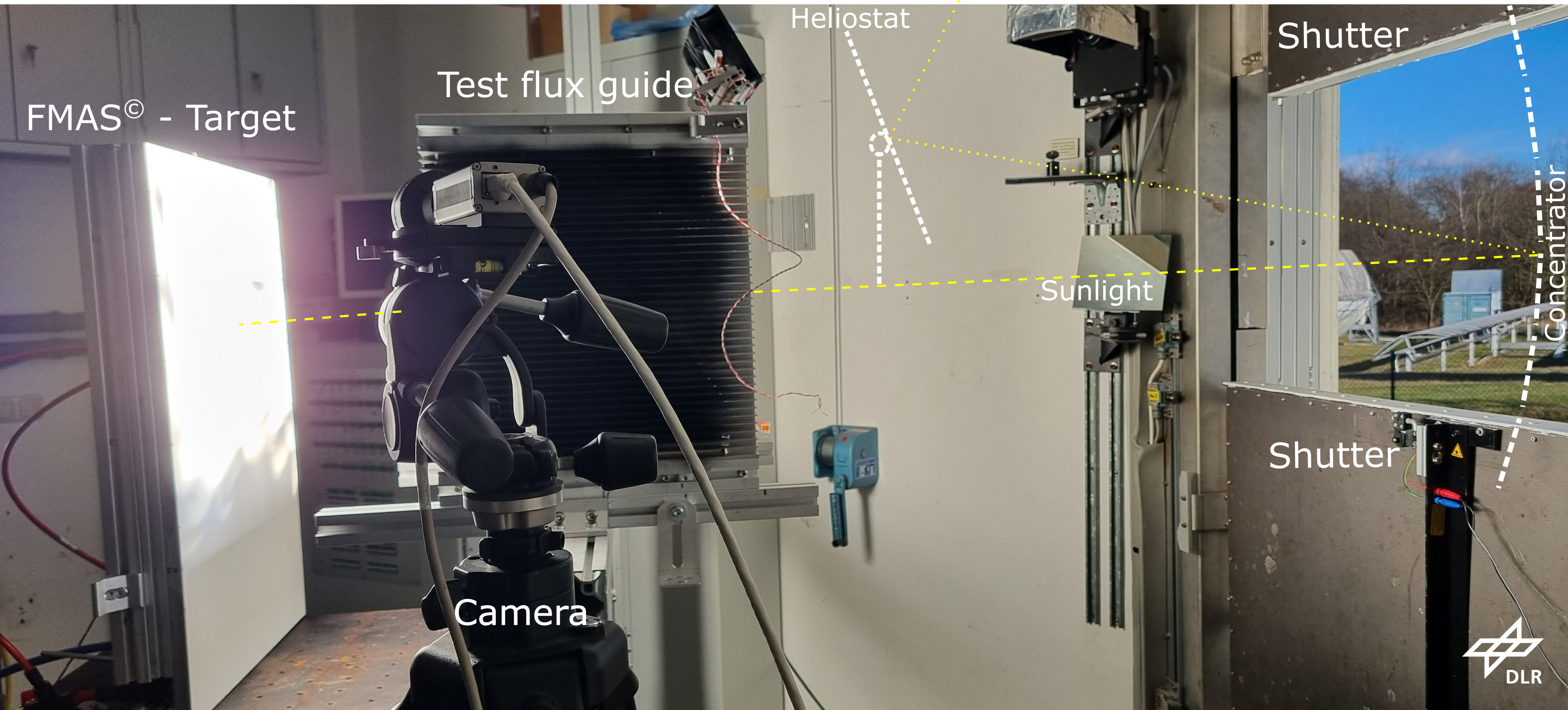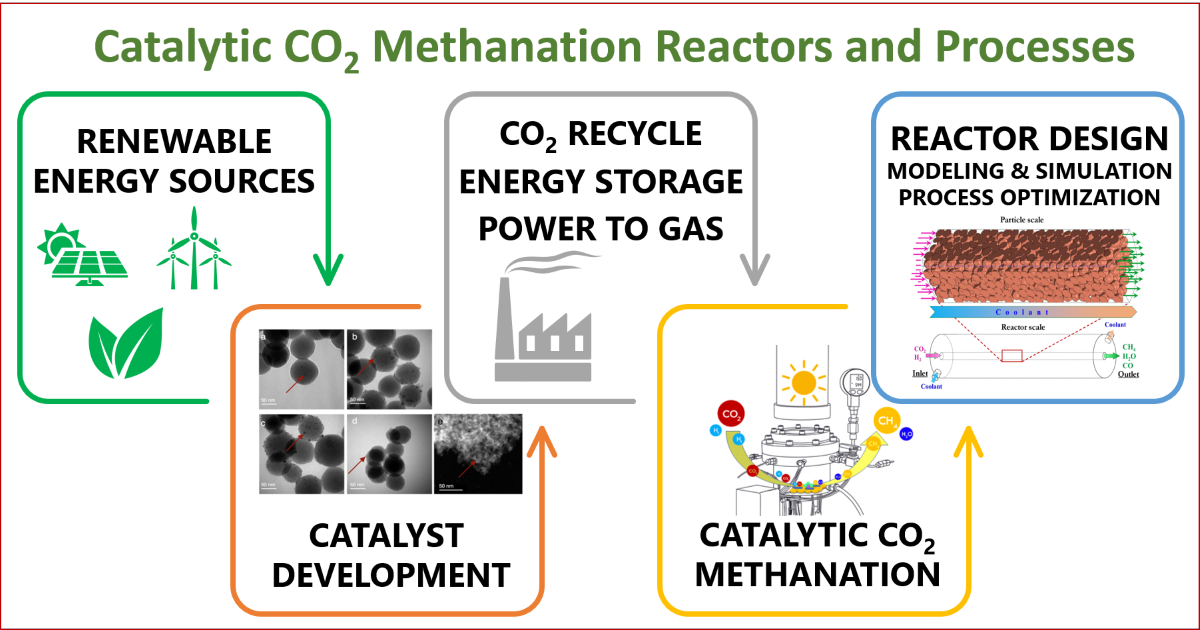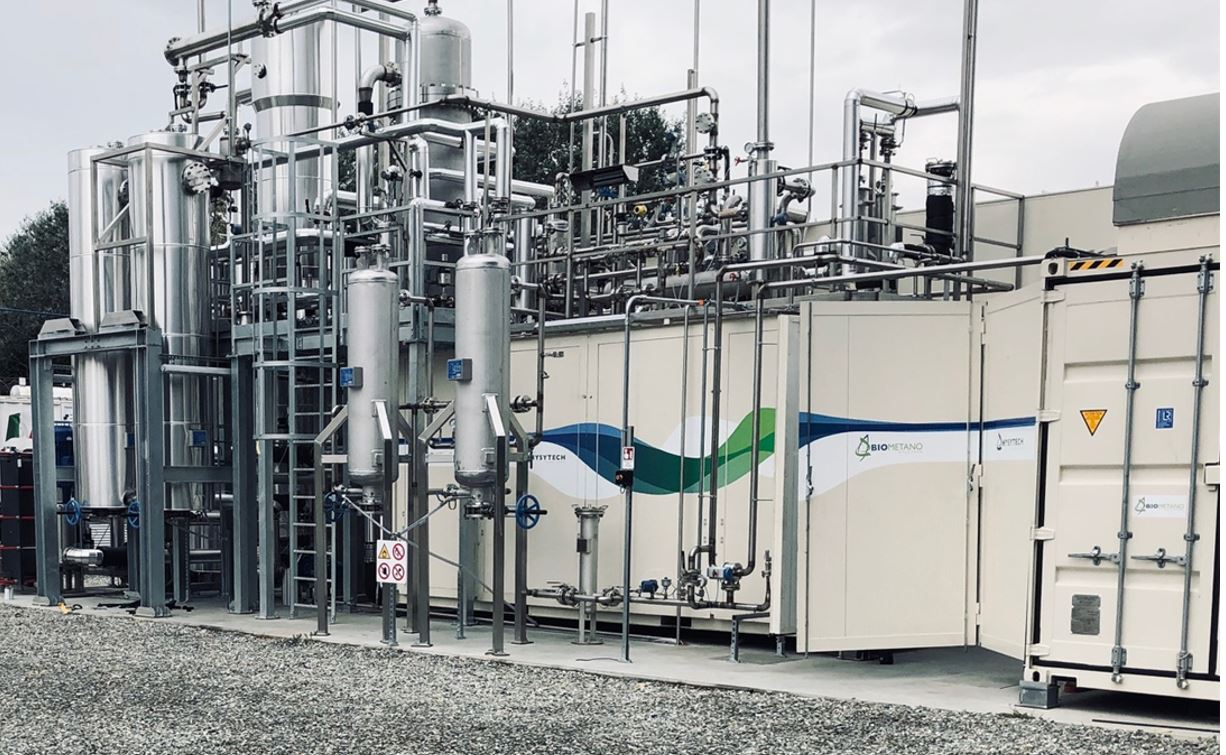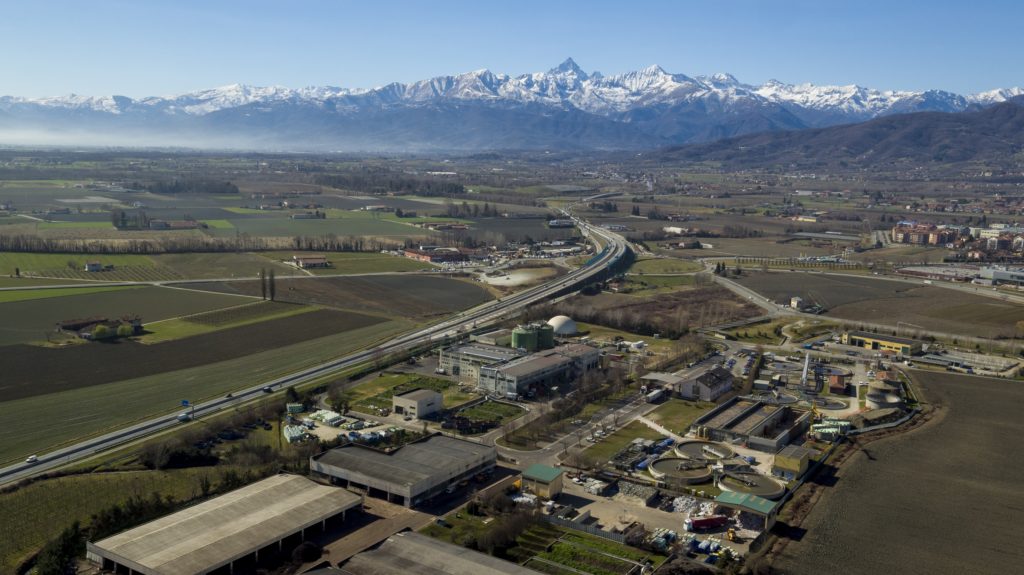Spotlight at GASTECH CONFERENCE
This year we will be at Gastech (Singapore, 23 September). A relevant event for our project. The exhibition venue will offer space to showcase the latest innovations in natural gas and LNG, hydrogen, low-carbon solutions and climate technology. Supported by more than 20 country pavilions, the exhibition will have an
Lab exchange: “transfer of lab-scale syntheses to a larger scale”
Lab exchange: "transfer of lab-scale syntheses to a larger scale". A total profit for SPOTLIGHT. Within the SPOTLIGHT project, TNO develops lab-scale wet-chemical syntheses of plasmonic catalysts and analyses their performance in in catalytic processes. Fraunhofer is responsible for the upscaling of the developed lab-scale to large batch syntheses (up to
A reactor equipped with a plasmonic catalyst to produce either methane or carbon monoxide is being developed for operation under concentrated sunlight
In the SPOTLIGHT project, a reactor equipped with a plasmonic catalyst to produce either methane or carbon monoxide is being developed for operation under concentrated sunlight. The SPOTLIGHT consortium will test a prototype in the solar furnace at DLR in Cologne, Germany. Here, a heliostat reflects sunlight upon a concentrator, which
Using Fiber Bragg Grating Sensors to Quantify Temperature Non-Uniformities in Plasmonic Catalyst Beds under Illumination
ChemPhotoChem is a monthly peer-reviewed scientific journal that covers pure and applied photochemistry. It is published by Wiley-VCH on behalf of Chemistry Europe. The journal publishes original research covering topics such as photovoltaics, photopharmacology, imaging, analytical chemistry, and synthesis. We are glad to share with you that we are on the Front Cover! Check out our publication! Our project use optical
Special Issue “Catalytic CO2 Methanation Reactors and Processes”
The preparation of Ru nanoparticles supported on γ-Al2O3 followed by chemical reduction using RuCl3 as a precursor is demonstrated, and their properties are compared to Ru nanoparticles supported on γ-Al2O3 prepared by impregnation of γ-Al2O3 with Ru3(CO)12 and subsequent thermal decomposition. The Ru nanoparticles resulting from chemical reduction of RuCl3 are slightly larger (1.2 vs. 0.8
AZoOptics speaks to Nicole Meulendijks from TNO about the SPOTLIGHT consortium and its use of sunlight and photonics
In this project, we are developing technologies that attribute to the safeguarding of our future energy supply by the transfer from fossil fuels to sustainable energy sources and the reduction of CO2 emissions in order to reach the objectives of the Paris climate agreement; limiting global warming to a maximum
Using Fiber Bragg Grating Sensors to Quantify TemperatureNon-Uniformities in Plasmonic Catalyst Beds under Illumination
Distinguishing between photothermal and non-thermal contributions is essential in plasmon catalysis. Use of a tailored optical temperature sensor based on fiber Bragg gratings enabled us to obtain an accurate temperature map of an illuminated plasmonic catalyst bed with high spatiotemporal resolution.Its importance for quantification of the photothermal and non-thermal contributions
The project encourages the collaboration of external stakeholders belonging to the solar fuels value of chain.
This new H2020 project that will develop innovative photonic devices for highly efficient, sunlight-fueled chemical processes. The projects aims at demonstrating an innovative process for the production of solar fuels, where the photonic device will facilitate efficient sunlight-powered conversion of CO2 and green H2 to the chemical fuel CH4 (Sabatier
SPOTLIGHT represents for ACEA the possibility to give value to the CO2 produced by the biomethane plant
ACEA is a public multi-utility company, providing services in the water, energy and environmental sectors, the reference point at a regional level for the organic waste treatment. The ACEA Waste Treatment Plant was established in 2003 to initially serve only the Pinerolo area (150˙000 inhabitants). Currently, the organic waste treatment line is
Working together on the basic components of the photonic device to reach the overall goals
Over the last months, the Spotlight consortium has been working on the basic components of the photonic device and the overall process. During mostly online meetings, experts from the involved partners exchanged ideas in how to reach the overall goals of Spotlight with greatest impact. The topics reviewed span from

